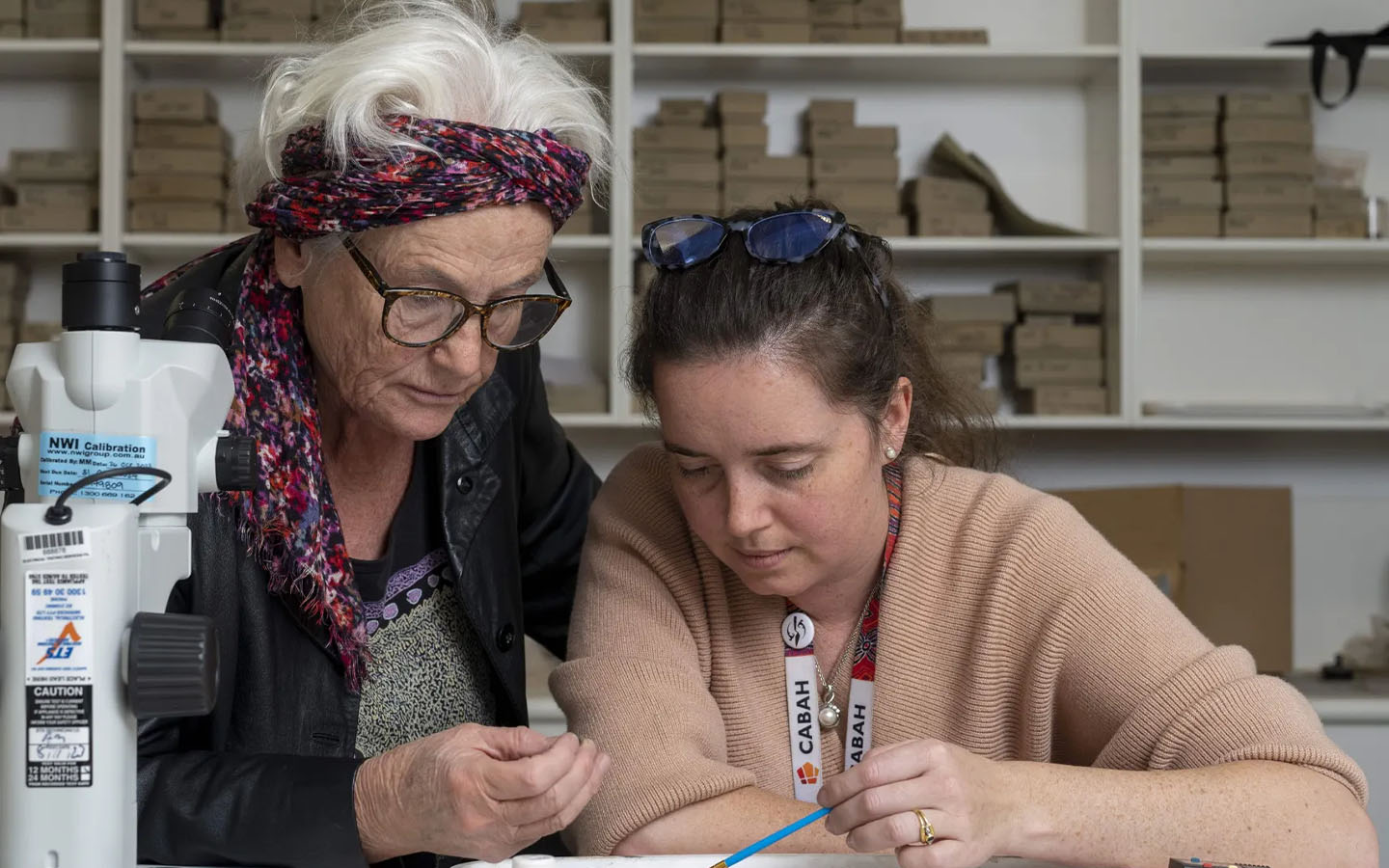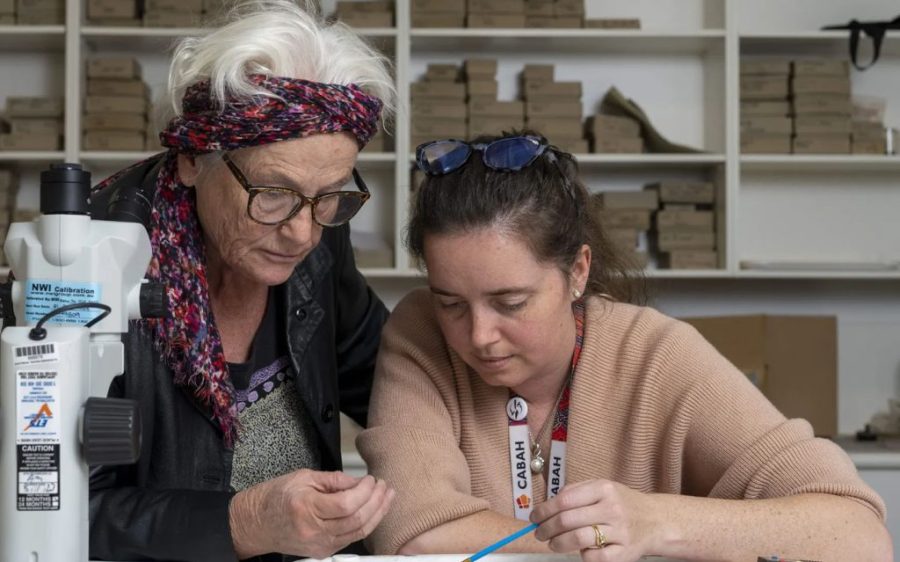Thousands of stone artefacts and animal bones found in a deep cave in Timor-Leste offer a glimpse into a pivotal period in human migration in Southeast Asia and Oceania some 44,000 years ago, according to a report by Al-Jazeera.
Researchers from the Australian National University (ANU), Flinders University, University College London and ARC Centre of Excellence for Australian Biodiversity and Heritage made the find in a cave known as the Laili rock shelter in northern Timor-Leste. The many tiny stone tools, explained Dr Shimona Kealey from ANU College of Asia and the Pacific, were likely used for “things like stripping leaves to then weave into baskets” or to cut and shape wood.
However, analysis of deep sediment, dated between 59,000 and 54,000 years ago, from the cave site as well as other locations in Timor-Leste revealed “no clean signs of human occupation.”
[See more: Timorese coffee growers want UNESCO recognition]
Sue O’Connor, archaeologist and distinguished professor at ANU, told Al-Jazeera that the “absence of humans on Timor Island earlier than at least 50,000 years ago” indicates a later arrival, which in turn challenges the belief that the island was a stepping stone for the first human migration to Australia and New Guinea from Southeast Asia.
Instead, it adds weight to the theory that New Guinea itself was the stepping stone to Australia, not Timor Island. Early humans could have arrived on Timor Island, meanwhile, from neighbouring Flores Island and mainland Southeast Asia. “Their arrival on Timor was no accident,” said Dr Kealey. It was a “major colonisation effort” by capable and confident mariners.
The new trove only adds to the archaeological significance of the region, already home to some of the most ancient finds in the world. Sulawesi, an Indonesian island just north of Timor-Leste, for example, is home to a 45,500-year-old cave painting of a wild pig that is the oldest known rock art painting in the world. Discovered in 2021, it is more than 8,000 years older than the famed Lascaux cave paintings in France.






